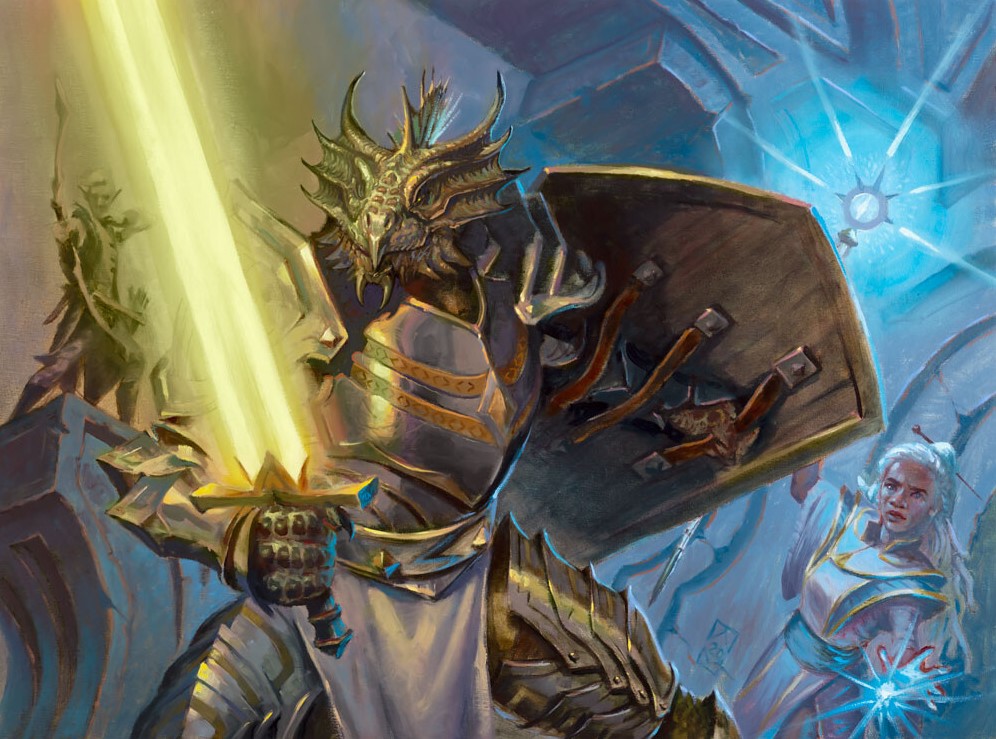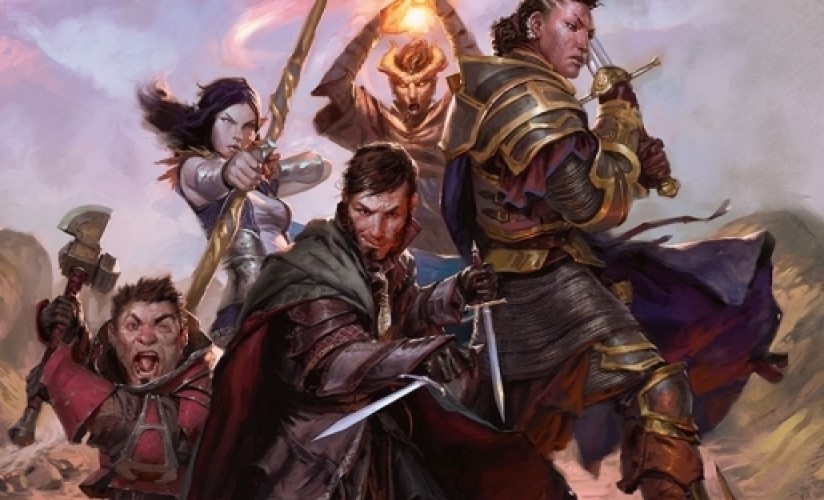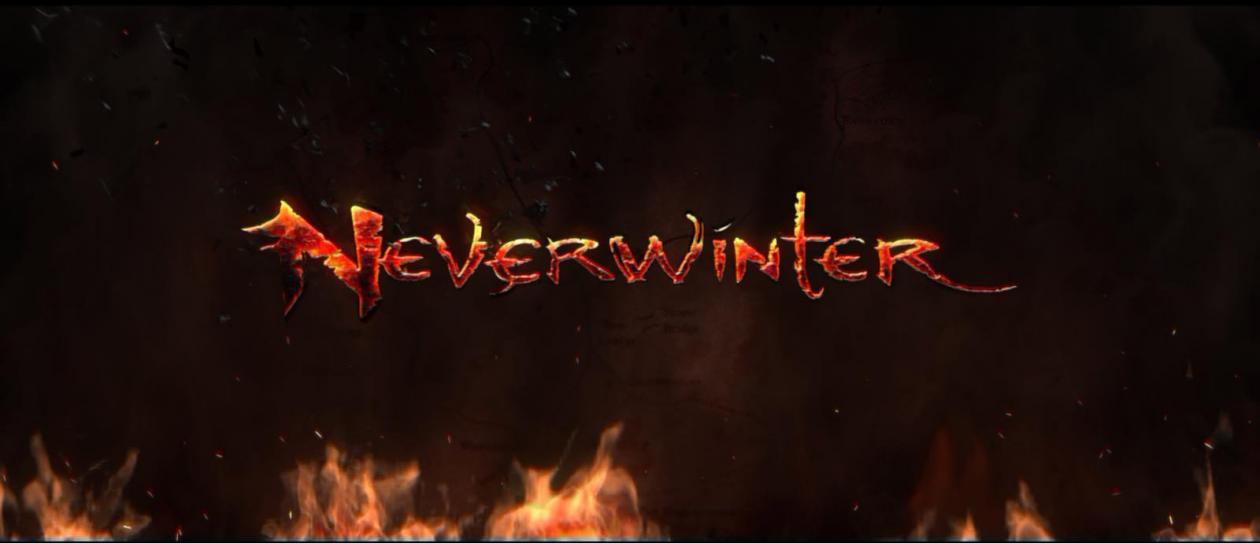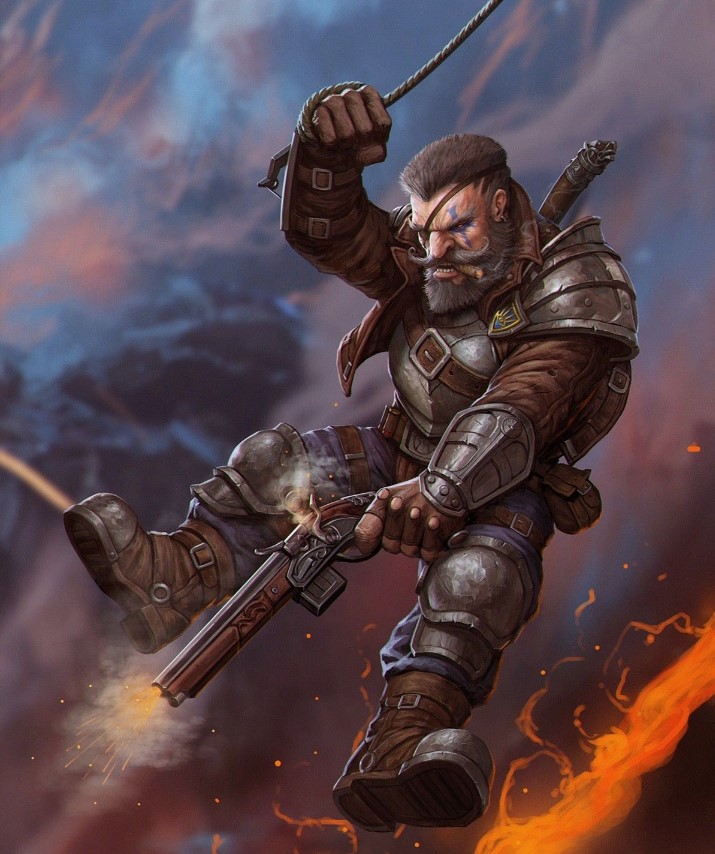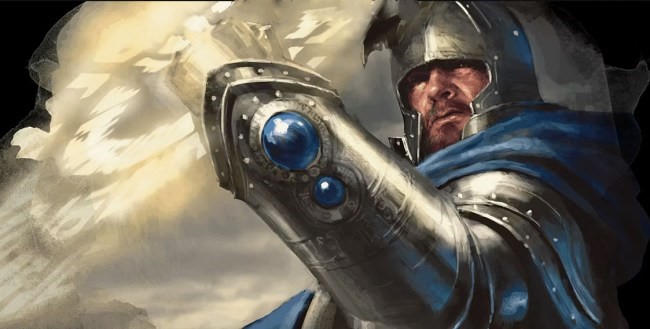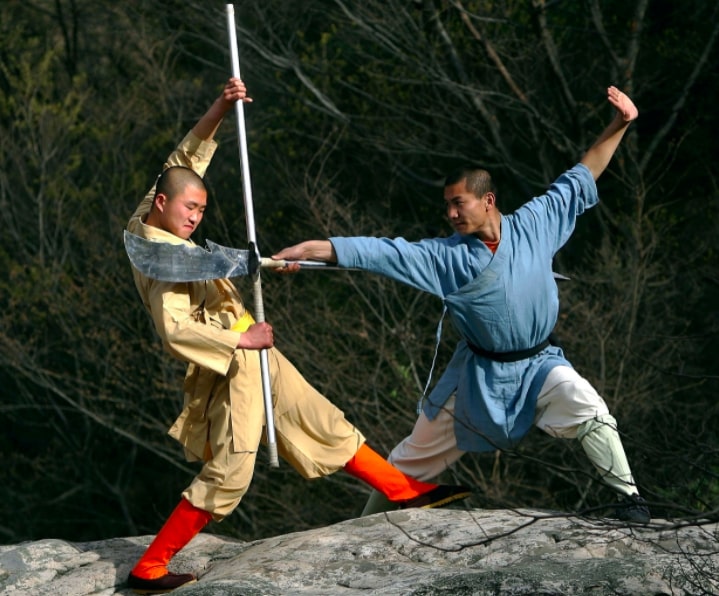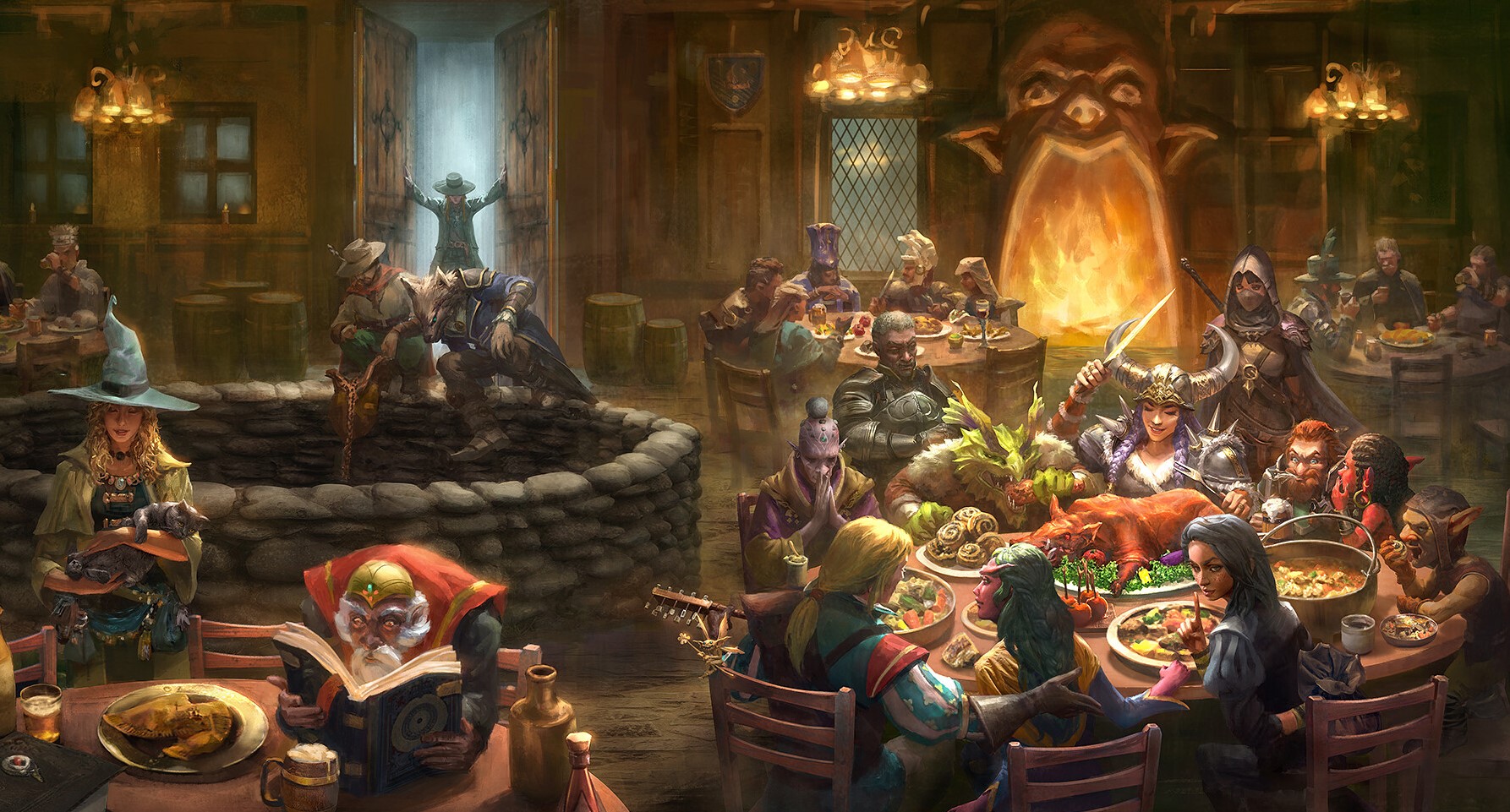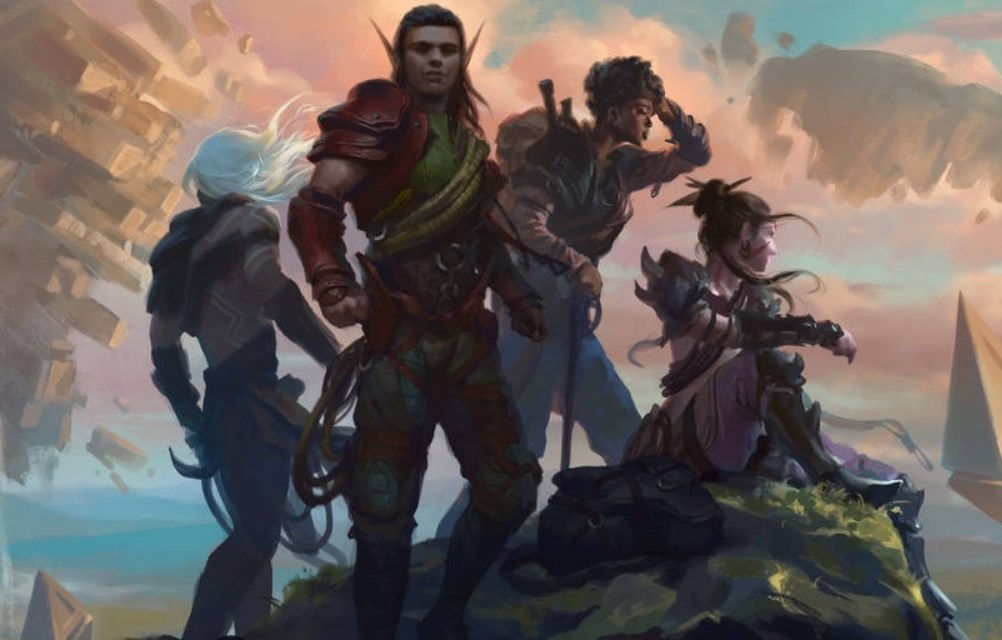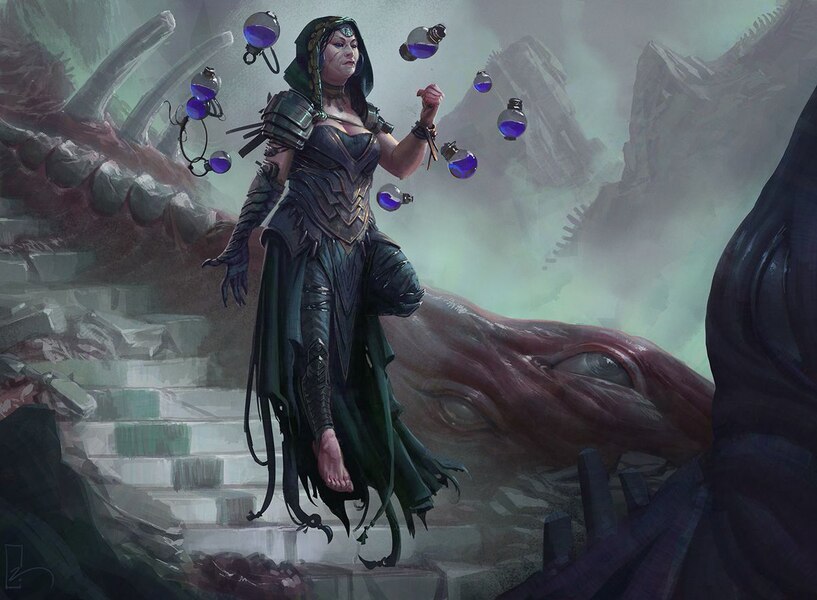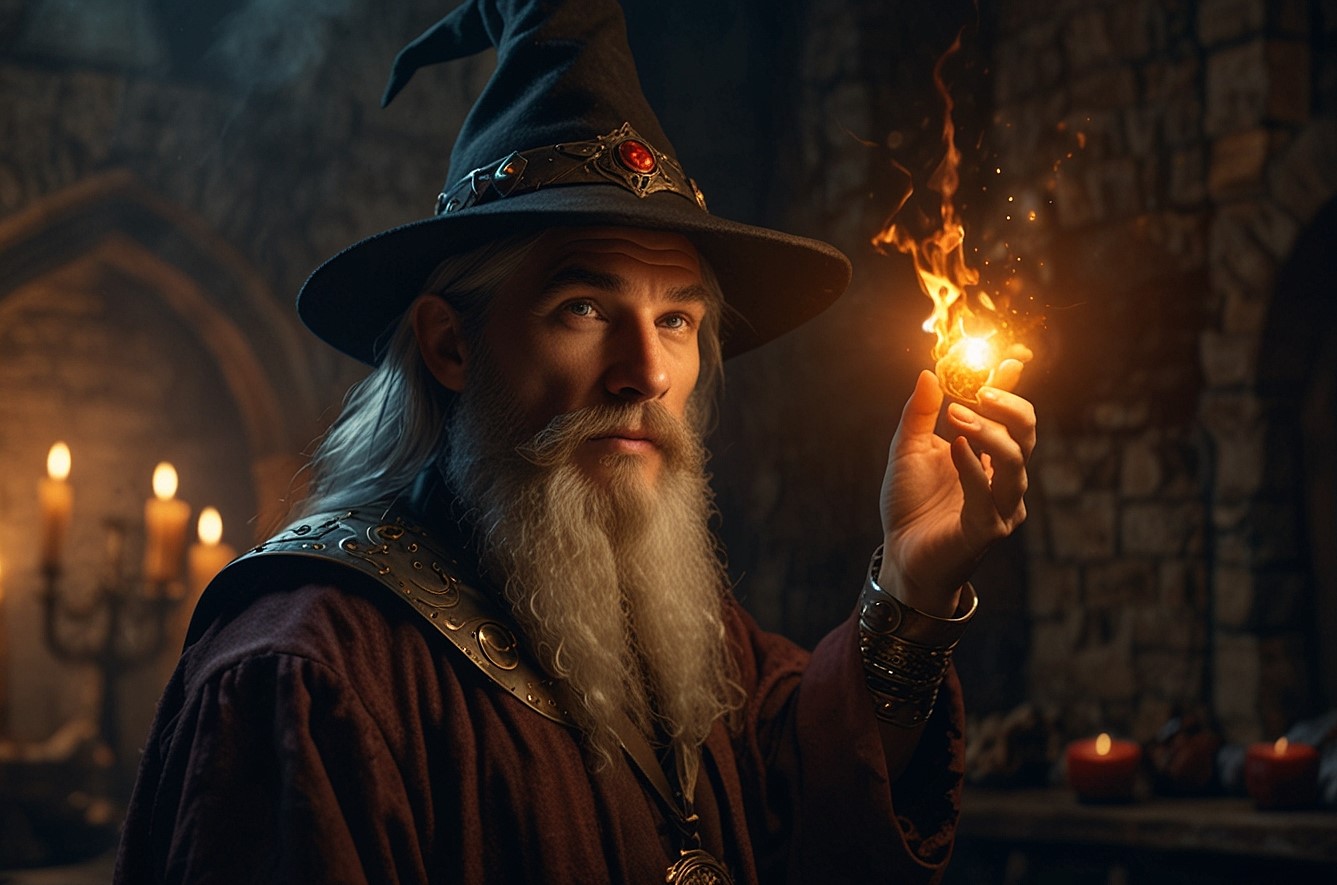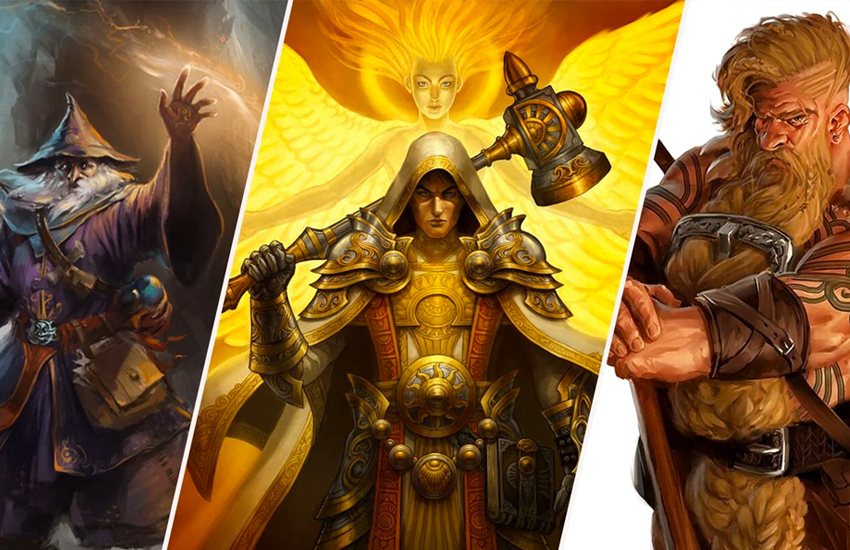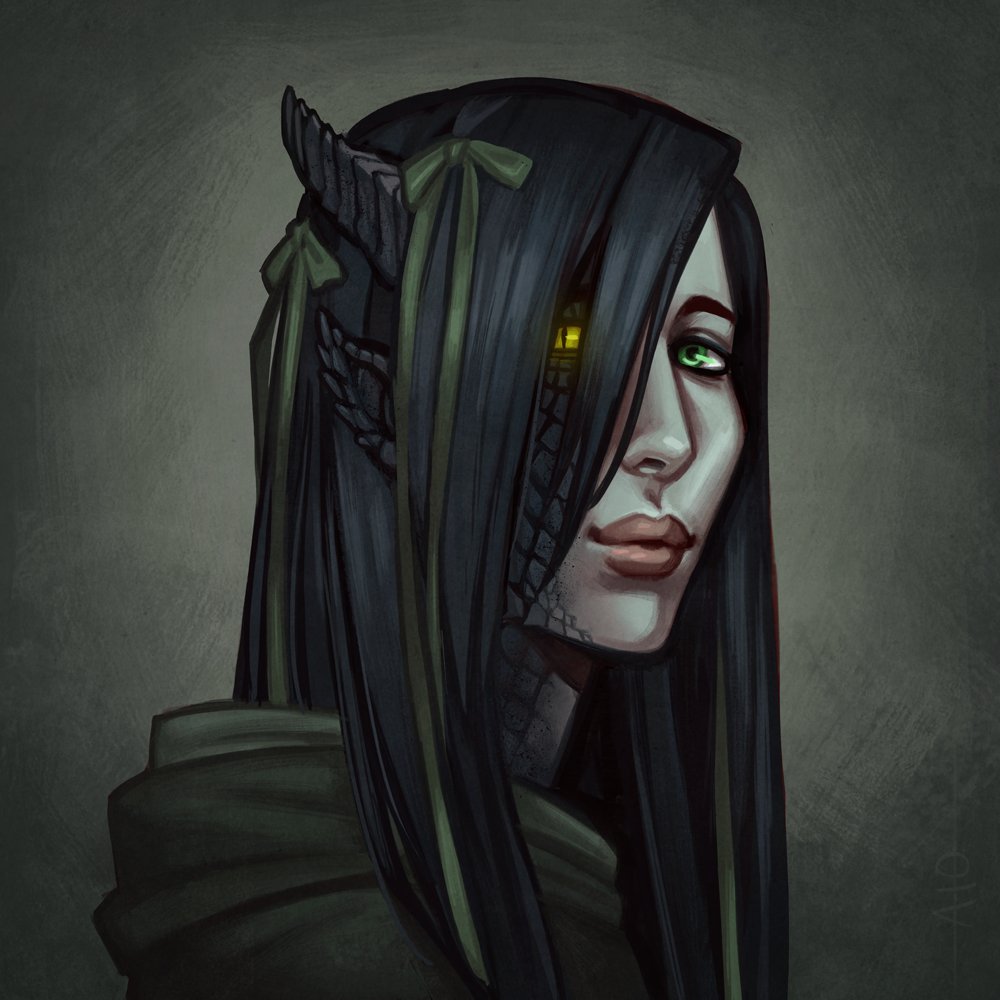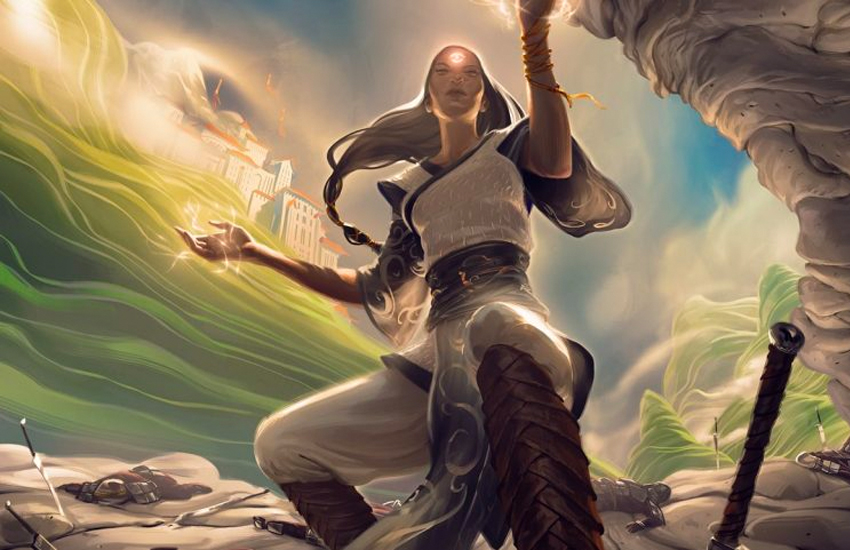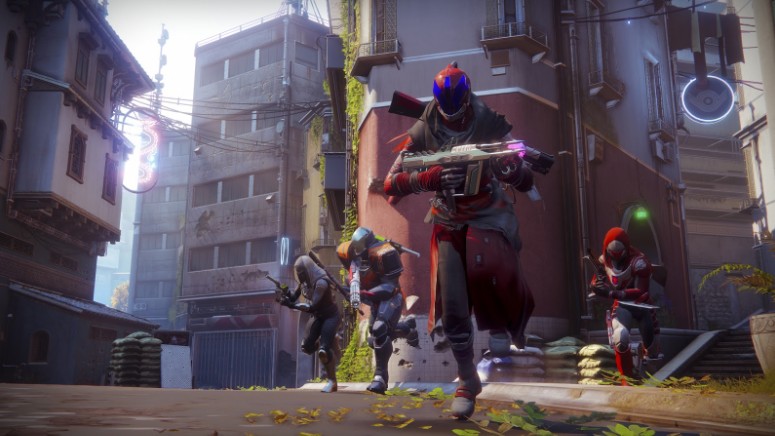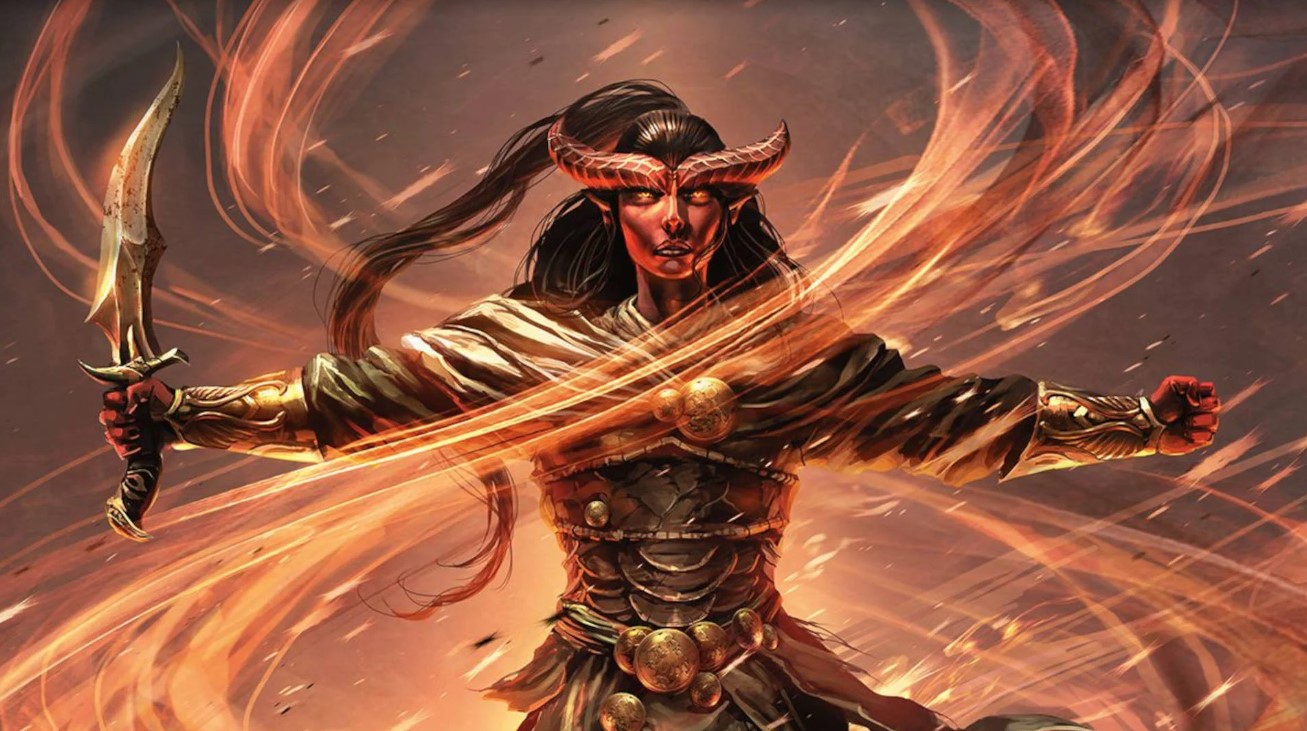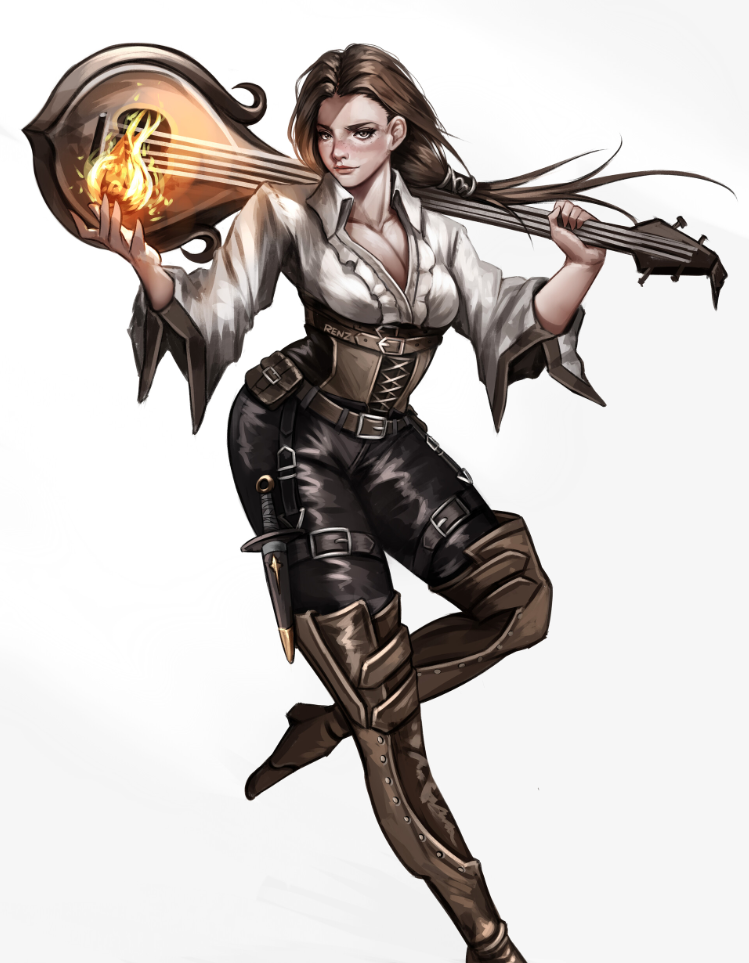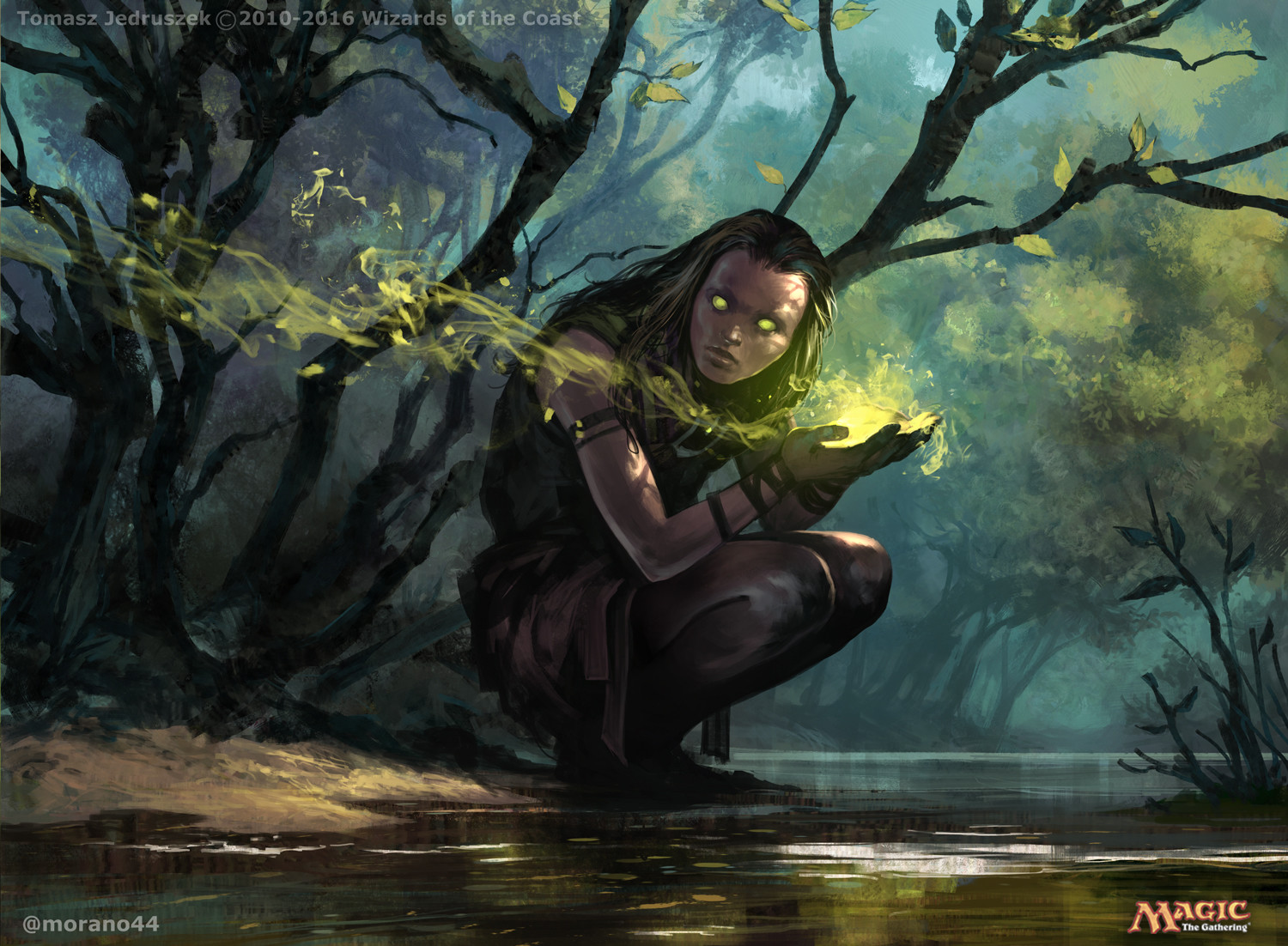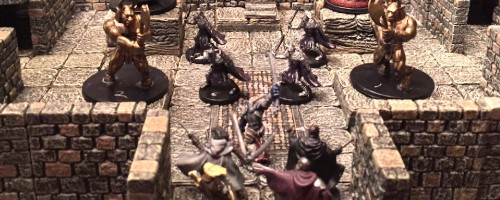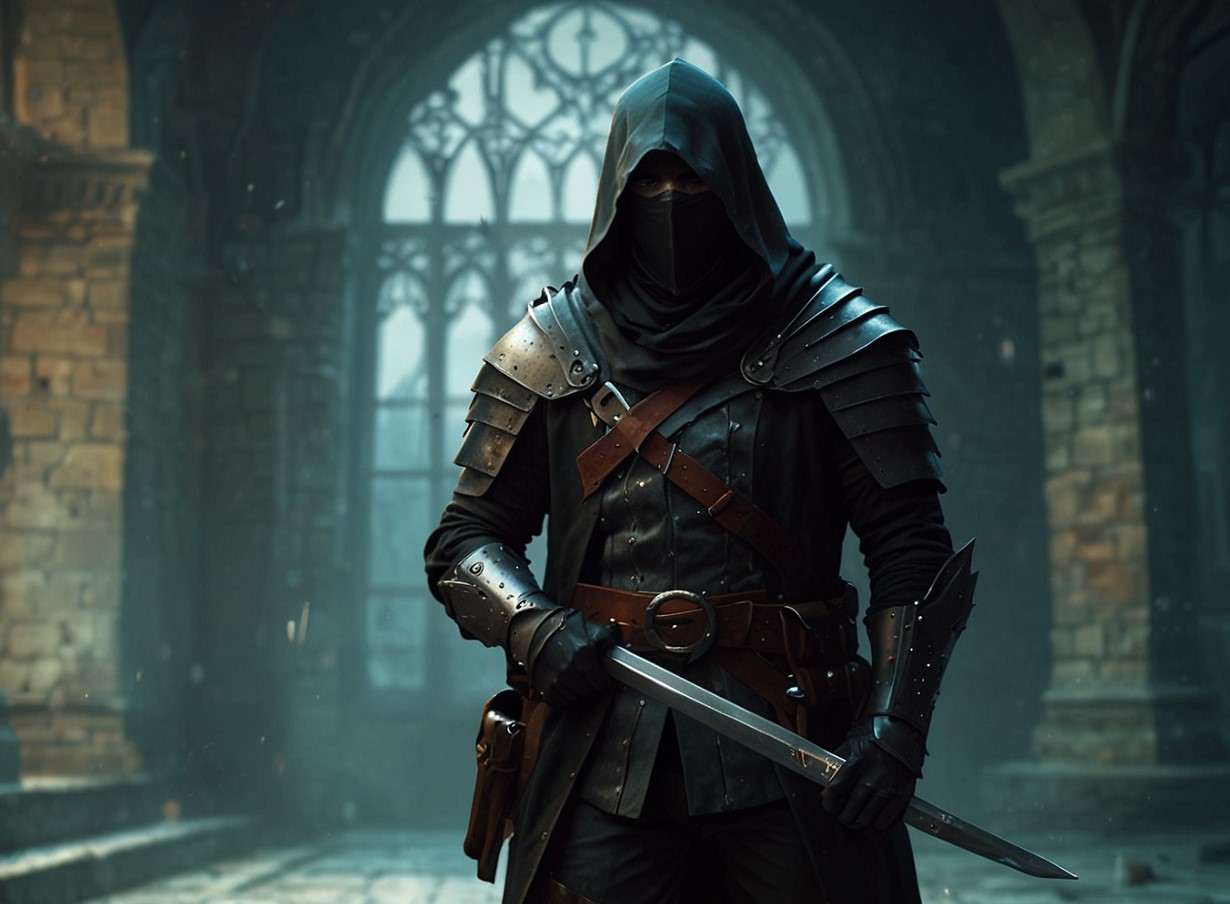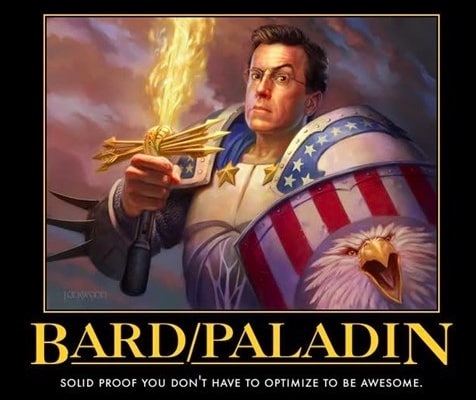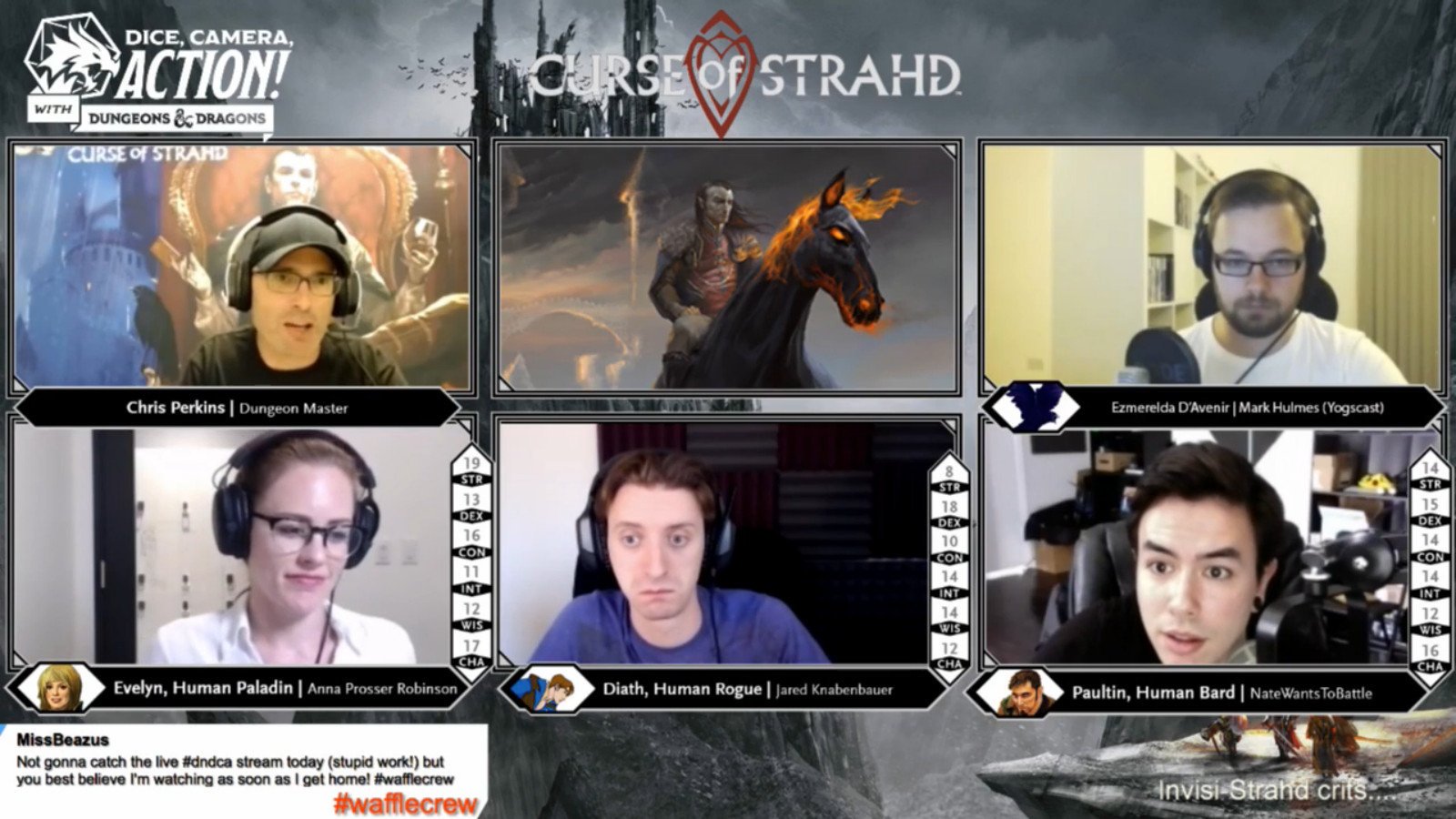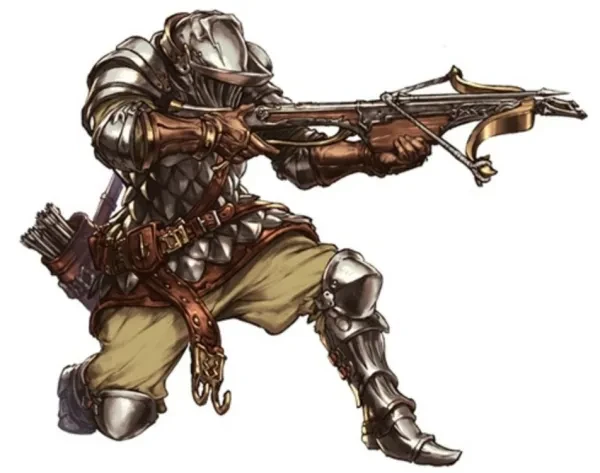
[Top 10] D&D Best Two-Handed Weapons
So it might be fun to have a blade for each hand or to chuck ten daggers in a single turn, but sometimes it’s really fun to have the biggest weapon in the room. However, not every class will appreciate these weapons the same, so it’s highly dependent on what you play, and how you want to build your character. This list will cover what are arguably the best Two-Handed weapons in D&D 5e, but it’s still best to figure out what you feel would work best for you.
10. Heavy Crossbow (Best for people who like big guns)

Whether you want to have a powerful shot ready to fire at any given moment, or your DM is allowing Feats and you want the largest ranged damage die, a Heavy Crossbow is a solid choice.
Why Heavy Crossbows are Great
- Best Ranged Damage: 1d10 piercing.
- Ranged Attack: 100/400 ft. And uses Dexterity for your attack and damage rolls.
- Pick up Crossbow Expert to really ramp up the attacks.
Heavy Crossbow details: https://www.dndbeyond.com/equipment/crossbow-heavy
9. Double-Bladed Scimitar (Best for people who don’t have enough bonus actions and want to attack more)

If you are playing a class like Paladin or Ranger (with Hunter’s Mark) that can really benefit from hitting many times in a single turn but don’t want/get Two-weapon fighting, a Double-Bladed Scimitar can be a great thing to have on hand. If you want one, just be cautious of Valenar elves who might demand it back.
Why Double-Bladed Scimitars are Great
- Decent Damage: 2d4 slashing.
- After taking the Attack action on your turn, follow up with a bonus action for another 1d4 slashing that still adds your Strength to damage.
- Wield Thanos’ helicopter blade.
Double-Bladed Scimitars details: https://www.dndbeyond.com/equipment/double-bladed-scimitar
8. Glaive/Halberd/Pike (Best for messing with your enemies.)

If you are a fighter who just wants to hit and run or a barbarian who wants to run someone through, these are a really good choice especially if you can play them well.
Why Glaives/Halberds/Pikes are Great
- Good Damage: 1d10 slashing or piercing.
- Reach: +5 ft. melee attack range.
- Roast your snacks even when your allies hog the campfire.
Glaive details: https://www.dndbeyond.com/equipment/glaive
Halberd details: https://www.dndbeyond.com/equipment/halberd
Pike details: https://www.dndbeyond.com/equipment/pike
7. Greataxe (Best for a big beefy barbarian or axing questions)
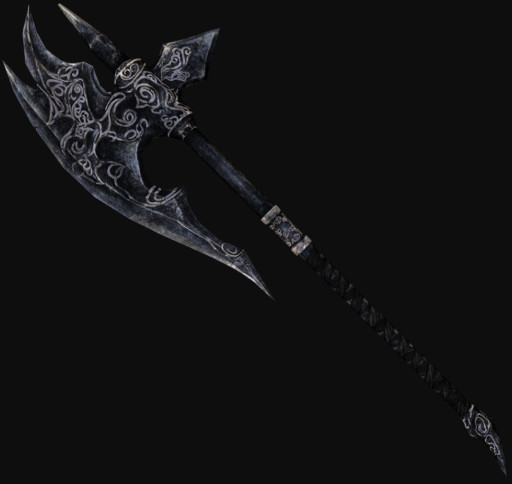
If you think hacking and chopping is fun, then this is probably the best choice for you as it’s a great way to deal a hefty amount of damage in one die which helps when you get to roll additional damage dice, though it can still be a fun choice for a fighter who uses big weapons.
Why Greataxes are Great
- Great Damage: 1d12 slashing (great for features like Brutal Critical that roll the weapon’s damage dice again and add).
- They are big and have Great in the name.
- Become the ultimate woodsman.
Greataxe details: https://www.dndbeyond.com/equipment/greataxe
6. Greatsword/Maul (Best for Fighters with Great Weapon Fighting)

It’s nice and all to get massive amounts of damage summed up into a single die, but rolling multiple dice can be a good way to make your attacks more reliable especially with Great Weapon Fighting. Hence why some people may consider choosing a Greatsword or Maul over a Greataxe or other similar weapons.
Why Greatswords/Mauls are Great
- Lots of little damage: 2d6 slashing/bludgeoning (respective).
- Slice them to ribbons, or smash their face in with a big weapon.
- Greatsword details: https://www.dndbeyond.com/equipment/greatsword
Maul details: https://www.dndbeyond.com/equipment/maul
5. Lance (Best for pretending to be a medieval knight)

Jousting can be a fun thing to do as a sport to compete with other knights, but it’s also a good weapon for combat. It has the reach property and a d12 damage die, but you don’t want your foes to step in close if you can prevent it. But if you can hide behind the barbarian or another tank, you shouldn’t really have too many problems unless you become too annoying and the enemies begin to target you.
Why Lances are Great
- Best reach damage: 1d12 piercing.
- Reach: +5 ft. melee attack range.
- Hold two at a time while mounted.
- Lance? Who’s Lance? I just have a sentient Lance!.
Lance details: https://www.dndbeyond.com/equipment/lance
4. Longbow (Best for archers who want long-range)
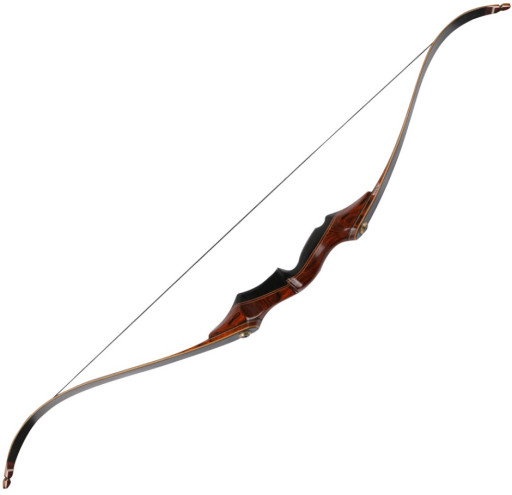
Simply put, Longbows have the longest range in the game if you count the long-range, and bar feats. Even with feats, only a warlock can attack from as far as anyone can with a Longbow. It’s a good choice for any character who wants a long-ranged attack with decent damage but also wants a weapon attack.
Why Longbows are Great
- Pretty good Damage: 1d8 piercing.
- Ranged Attack: 150/600 ft. And uses Dexterity for your attack and damage rolls.
- Big bow for Big boys.
Longbow details: https://www.dndbeyond.com/equipment/longbow
3. Light Crossbow (Best for an emergency shot)

If you are a wizard looking for some way to deal damage and didn’t pick up damage-dealing cantrip or your enemies are ignoring elemental damage, or you want to have ranged attacks that deal good damage as a small creature like a halfling, goblin, or gnome, this is a good choice. Also, you don’t need martial weapon proficiency to use it.
Why Light Crossbows are Great
- Pretty good damage: 1d8 piercing.
- Ranged Attack: 80/320 ft. And uses Dexterity for your attack and damage rolls.
- Simple Weapon: Many people can use it.
- Itchy trigger finger go pew.
Light Crossbows details: https://www.dndbeyond.com/equipment/crossbow-light
2. Shortbow (Best for early martial classes or small creatures with multi-attack)

If you are a small creature with the Extra Attack feature, and you don’t have Crossbow Expert, this is probably the best weapon you can pick up because you don’t need to load it. It may not be the best weapon for damage, but surprisingly enough, you don’t need massive damage die to deal a lot of damage. A rogue with one of these is still a major threat if they can use their Sneak Attack.
Why Shortbows are Great
- Fair Damage: 1d6 piercing.
- Ranged Attack: 80/320 ft. And uses Dexterity for your attack and damage rolls.
- Simple Weapon: More people can use it.
- Itty bitty bow sounds like a harp.
Shortbow details: https://www.dndbeyond.com/equipment/shortbow
1. Greatclub (Best for attacking enemies with enemies)
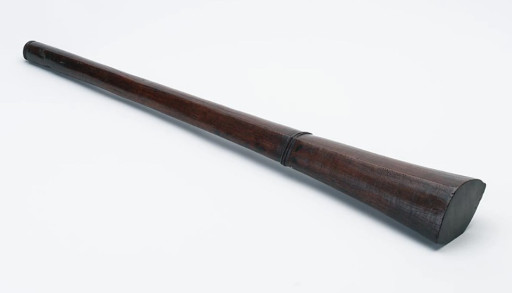
Ok, so it doesn’t deal as much damage as some other weapons, but it can still be really fun. Because you can just rip off the nearest branch and use that, or you could use a corpse, or even better (if your DM allows it), you could grab the nearest enemy and start bashing their heads together. Perhaps grab some feats that make grappling easier, and pretend to be hulk beating up Loki. Just don’t use the Gnome.
Why Greatclubs are Great
- Decent Damage: 1d8 Bludgeoning.
- Simple Weapon: More people can use it.
- Smack people with a big stick you pulled off a tree.
- Smash enemies with their friends.
Greatclub details: https://www.dndbeyond.com/equipment/greatclub
As it is with all builds, no two weapons are equal for every character, as a barbarian might prefer a Greataxe, but a fighter might want a Greatsword or a Longbow. Whatever you decide to play, just remember that the character is yours, and you should make them however you like. After all, D&D is a way to be that person you never got to become.
Common D&D Terms:
1d6: A single six-sided die. The format is XdY where X is the number of dice, and Y is the number of sides on the dice.Attack Roll: This is the roll used to determine if you hit an attack. Always rolled with a twenty-sided die.
Damage Roll: This is the roll used to determine how many hit points a target loses.
Saving Throw: these rolls are used to avoid debuffs and other nasty effects. Always rolled with a twenty-sided die.
AC (a.k.a Armor Class): Attack rolls are measured against this. If the attack roll equals or exceeds the AC of the target then the attack hits and deals damage. Otherwise, no damage is dealt. Armor changes the calculation for this whether natural or equipped. The basic AC calculation for all creatures is equal to 10 + your Dexterity Bonus.
DC (a.k.a Difficulty Class): Saving throws and ability checks are almost always rolled against one of these. Most effects have one listed or a calculation suggested but some can have a DC that is rolled at the same time called a “contested roll”.
Ability Check: This is used every time you attempt to do something that has a chance of failure such as: climbing a cliff without hand-holds, figuring out where the rogue hid your favorite spoon, or even seeing if you can pull off a sweet flip over some obstacle.
Advantage/Disadvantage: This only applies to Attack Rolls, Ability Checks, and Saving Throws. When you have Advantage on a roll, you make the roll twice and take the higher number. Same with Disadvantage, only you take the lower number.

